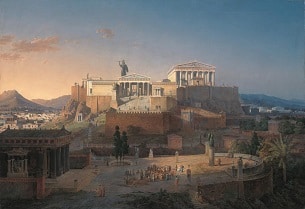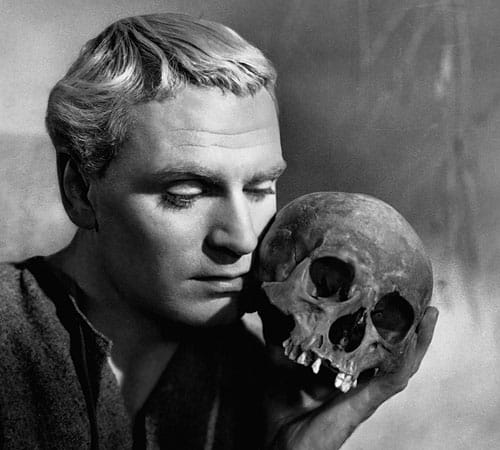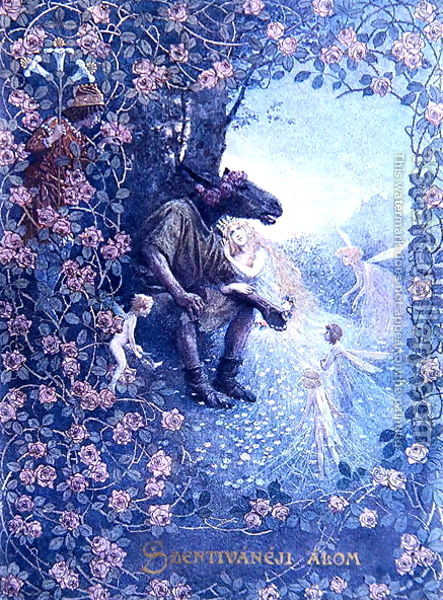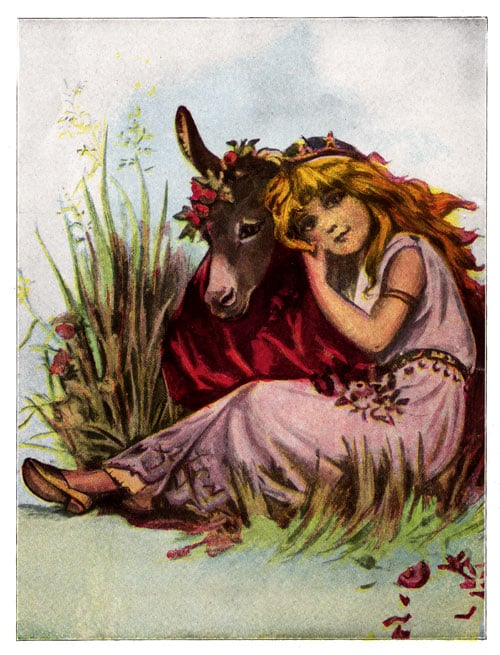Symbolism in A Midsummer Night’s Dream
One of William Shakespeare’s most notable comedies is “A Midsummer Night’s Dream.” According to Harold Bloom, “Nothing by Shakespeare before A Midsummer Night’s Dream is it’s equal, and in some respects nothing by him afterwards surpasses it. It is his first undoubted masterwork, without flaw, and one of his dozen or so plays of overwhelming originality and…





